In the world of science, having the right tool is super important. If you're learning English and curious about the things scientists use, you're in the right place. You'll learn the names and purposes of different tools scientists use every day.
Here is a list of laboratory equipment
Test tube
A test tube is a small, narrow, and usually clear tube made of glass. Scientists use it to mix and hold small amounts of liquids when they're doing experiments in a laboratory.
Test tube rack
A test tube rack is a special stand or holder where test tubes are kept in an organized and upright position.
Erlenmeyer flask (U.S.) / Conical flask (U.K.)
An Erlenmeyer flask is a glass container with a cone-shaped body and a narrow neck. In British English, it's called a conical flask.
Flat-bottom flask
A flat-bottom flask is a glass container with a flat bottom and a long neck. Scientists use it for heating or mixing liquids in a laboratory.
Round-bottom flask
A round-bottom flask is a glass container with a round or curved bottom and a long neck. Scientists use it for heating or mixing liquids in a laboratory.
Graduated beaker (U.S.) / Measuring beaker
A graduated beaker is a glass or plastic container used in a laboratory, with measurement markings on the side to show how much liquid is inside. In British English, it's often called a measuring beaker.
Retort
A retort is a special glass container with a long neck and a curved shape. Scientists use it for heating or distilling liquids.
Bunsen burner
A Bunsen burner is a metal device used in laboratories. It produces a flame that scientists use to heat chemicals or other substances during experiments.
Graduated cylinder (U.S.) / Measuring cylinder (U.K.)
A graduated cylinder is a tall, narrow container made of glass or plastic with measurement markings on the side. Scientists use it to measure the volume of liquids accurately in a laboratory. In British English, it is often referred to as a measuring cylinder.
Dropper
A dropper is a small tube with a rubber bulb at one end. It's used to transfer small amounts of liquid, usually one drop at a time, in a controlled manner.
Pipette
A pipette is a narrow tube with a tapered tip used to measure and transfer small amounts of liquid in a laboratory. Another spelling for pipette is pipet.
Syringe
A syringe is a small, tube-like tool with a needle used to inject or withdraw liquids in medical procedures and laboratories. A plunger is the part of a syringe that moves back and forth, controlling the flow of liquid by pushing it in or pulling it out through the needle.
Funnel
A funnel is a cone-shaped tool with a narrow tube at the end, often made of plastic or metal. It is used to pour liquids into containers with smaller openings.
Magnet
A magnet is an object that attracts certain materials like iron and produces a magnetic field. In a laboratory, magnets are often used to separate magnetic materials from non-magnetic ones.
Tongs
Tongs are a tool that consists of two long arms joined together. They are designed for gripping and holding objects securely.
Magnifying glass
A magnifying glass is a small handheld lens that makes objects appear larger than they are.
Microscope
A microscope is a scientific tool with lenses that magnify tiny objects. It allows scientists to see details that are not visible to the naked eye.
Lab coat
A lab coat is a special coat that scientists or people working in laboratories wear to protect their clothes and skin from chemicals and other substances.
Goggles
A pair of glasses that fit closely to the face to protect the eyes from potential hazards like chemicals, dust, or debris.






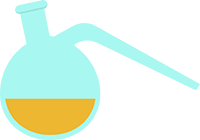


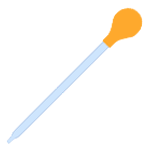


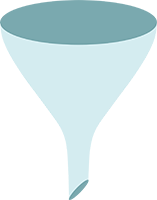
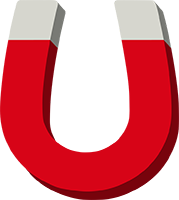
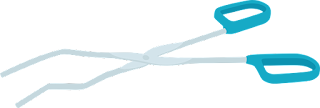
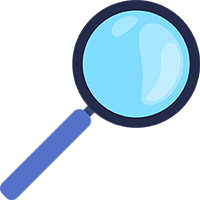



Comments
Post a Comment